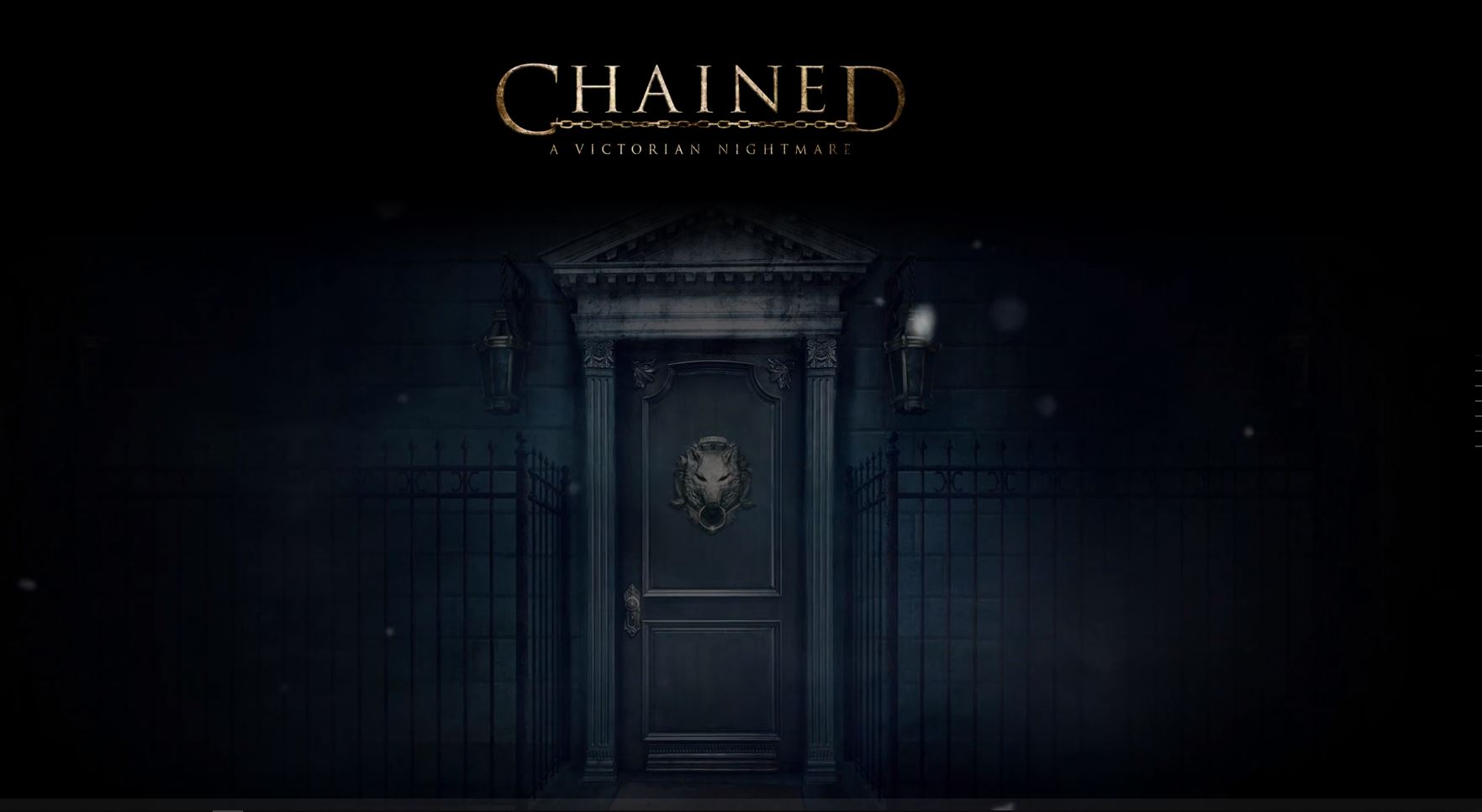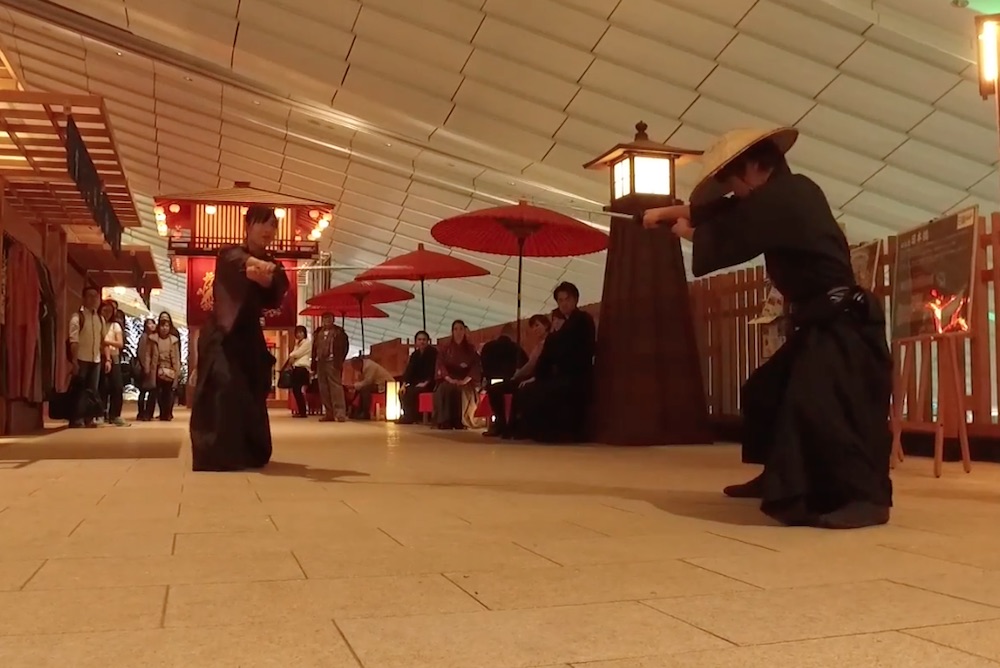
by Blogmeister Meisterblogger | Aug 13, 2019 | Grammar Based Universes, Immersive Theme-worlds, IMyTH
Quite a few years ago, I was very excited about a project called No Man’s Sky, No Man’s Sky and No Man’s Sky Grammar Based Universe. For me this represented the very first wide-open Grammar Based Universe. You may be asking, “What is a grammar...

by Blogmeister Meisterblogger | Aug 9, 2019 | Entertainment, Immersive Theme-worlds, IMyTH, Interactive Storytelling
I recently came upon this Facebook article from the UK about, what they claim, the world’s most immersive experience: Boom Town. https://www.facebook.com/BuzzFeedUK/videos/2330089977077212/ Before this posting I have never seen or heard of Boom Town before. It...

by Blogmeister Meisterblogger | Dec 6, 2018 | Entertainment, Immersive Theme-worlds, Interactive Storytelling
It’s been over two years since iMyth performed it’s last presentation of “The Courier,” and I have not scene a location based theme world experience like it since, until now. The folks at Madison Wells Media have created a location-based, Mixed...

by Blogmeister Meisterblogger | Jul 20, 2018 | Entertainment, Immersive Theme-worlds, Industry, Marketing
Although I did not attend, this year at San Diego’s Comic-Con is an attraction like no others. In conjunction with the Amazon Series, ‘Jack Ryan’, is a 60,000 square foot immersive VR Themeworld experience. This thing is huge. A crew from Media...

by Blogmeister Meisterblogger | Apr 20, 2018 | Entertainment, Immersive Theme-worlds, Industry
While not necessarily related to AR/VR/MR, immersive experiences are becoming more and more available to us in every day life. Live, immersive theater such as “Sleep No More” is becoming more popular than ever. Brands are using these same immersive,...

by Blogmeister Meisterblogger | Apr 19, 2018 | Entertainment, Immersive Theme-worlds, Industry
I would be on the look out for more events such as this since I believe it will become more and more common. Location-based VR could be a $1 billion industry by the end of the year and grow to a $12 billion industry by 2023, according to projections from Greenlight...





